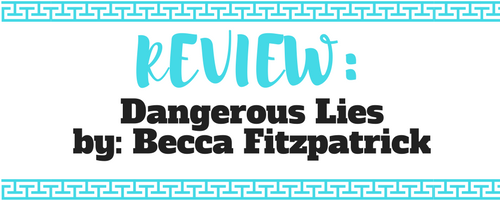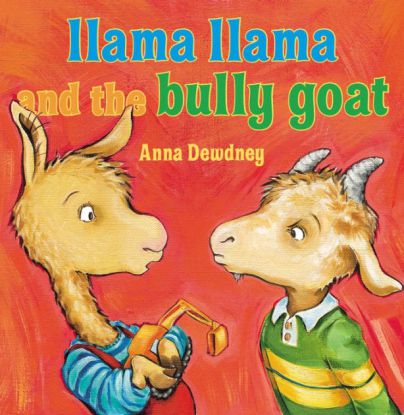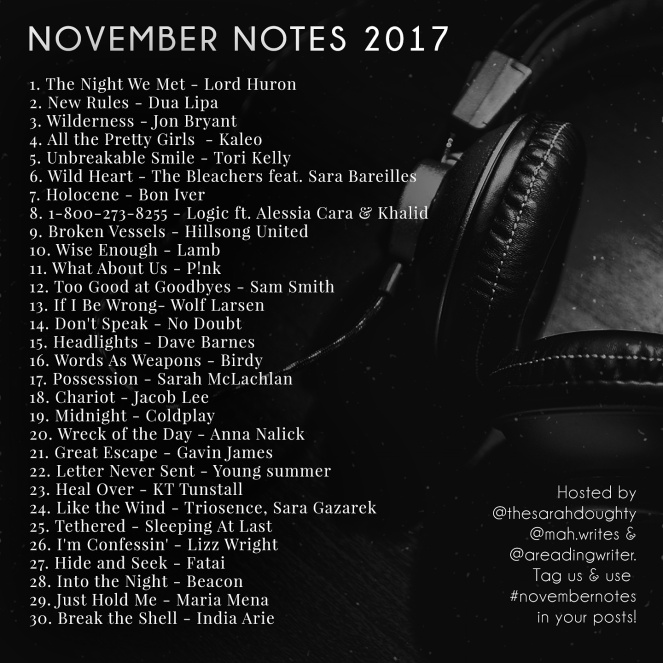For a class paper I wrote last December, I researched graphic novel representations of social and political issues in the Middle East. For my project I chose three graphic novels (Baddawi, Waltz with Bashir, and Palestine), all centered broadly around the Israeli occupation of Palestine, and assessed each as a pedagogical tool for conveying the nuances of the conflict to a reader. What follows first is an evaluation of graphic novels as a medium, which will later be accompanied by my individual reviews of each graphic novel.
***
Often understood as a lowbrow genre of literature, comic books have long been universally associated with adolescence. This is in part because the visual element appears to cater to a younger audience, akin to picture books, but also partly because of how easily they can be consumed and then tossed.
It is precisely this ease of accessibility, however, that renders the comic book and its lengthier iteration, the graphic novel, as a subversive text. While graphic texts may superficially appeal to children, graphic novelists can in actuality amass a good deal of factual information on any given topic in their texts, while simultaneously presenting this information in a more palatable manner.
More than a genre, however, graphic novels have the potential to expand “modes of historical and personal expression,” as Hillary Chute notes in her essay “Comics as Literature?”. The widely assumed trivialization of comics and graphic novels, however, has historically been used strategically to convey complex politics and subversive messages without censorship.
For this reason, as Thomas Juneau and Mira Sucharov argue in their article “Narratives in Pencil,” graphic novels may be effective pedagogical tools for teaching international relations. They may be especially useful for teaching conflict case studies by combining prose with visual reproductions to deliver “a cognitive and affective experience that allows students to access the subject matter in a manner that complements the use of more conventional textbooks.”
Depictions of crisis or entrenched conflict through documentary graphic novels, may particularly facilitate a deeper comprehension of the nuance of conflict, engendering a human understanding that textbooks books lack.
Looking specifically at instances of social upheaval in the Middle East, only a few graphic novels that deal with social change or conflict through depictions of actual events (Baddawi by Leila Abdelrazaq, Waltz with Bashir by Ari Folman and David Polonsky, and Palestine by Joe Sacco) have been selected as the foci for analyzing tone and implicit bias. The aim in doing so is to helpfully categorize which techniques in art, narrative device, and plot structure aid a comprehensive understanding of the conflict or issue at hand.
The texts included represent both autobiographical and biographical accounts exemplifying literary and artistic realism, thereby offering critical commentary. The works chosen for comparison all engage with the Israeli-Palestinian conflict in different ways, aiding in the process of comparison.
Across each of these novels, perspectives and events that may be unfamiliar to a reader from a “western” locus like the U.S. are made familiar through the comic book form. While difference of position incites variations in tone and depiction due to implicit biases, the artistic form invites readers of any social or cultural background to understand a previously misunderstood event or point of view.
The overall focus of engaging in this type of comparative pursuit is on the use of graphic novels as more than a popular storytelling device meant to entertain youths, but as historical and biographical accounts for uniquely understanding social change and conflict in the Middle East.
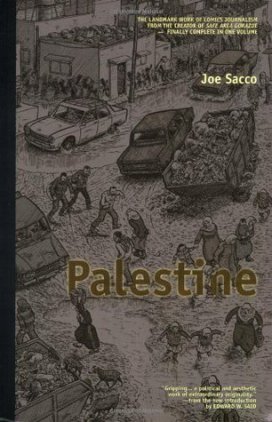 Palestine by Joe Sacco
Palestine by Joe Sacco
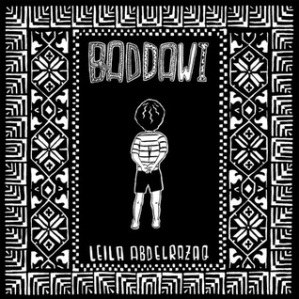 Baddawi by Leila Abdelrazaq
Baddawi by Leila Abdelrazaq
 Waltz with Bashir by Ari Folman and David Polonsky
Advertisements
Share this:
Waltz with Bashir by Ari Folman and David Polonsky
Advertisements
Share this:- More
